
The Best Films of 2025
Like life itself in these times the visceral, the absurd, and the morbid all take their rightful place in our eclectic compilation of Best Films 2025.

Like life itself in these times the visceral, the absurd, and the morbid all take their rightful place in our eclectic compilation of Best Films 2025.

Water From Your Eyes captivate with genre-defying songs sculpted in a utopian sci-fi vein that envision a more hopeful universe.

Most significantly, the Raveonettes’ Pe’ahi II provides an absolutely essential cathartic sensory overload in their inimitable way.
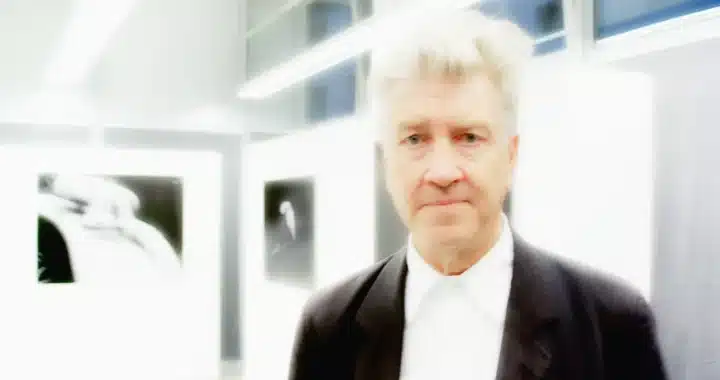
On the passing of legendary director David Lynch, we share five films that nailed us in our hearts and guts and skewered us to our soft, squishy, emotional cores.

Forty-year-old The Head on the Door propelled the Cure toward arena stature with its musical cohesion and a collection of hallucinatory yet accessible songs.

The Cure’s Songs of a Lost World is a cohesive collection that skews dark, cinematic, meditative exploration of loss in all its forms.

“Alone” is one of the most devastating songs in the Cure’s entire catalogue, evoking an agonizing sense of loss that can deeply resonate with many listeners.
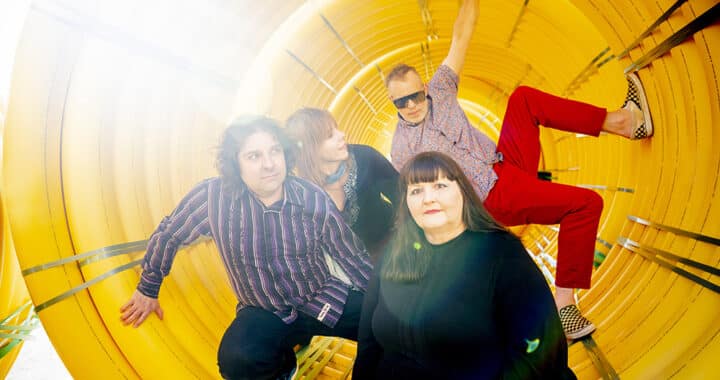
Conceived as a spiritual tangent of the decades-old underground post-punk icons Pylon, Pylon Reenactment Society craft a fresh, fierce, bright, and dynamic album.
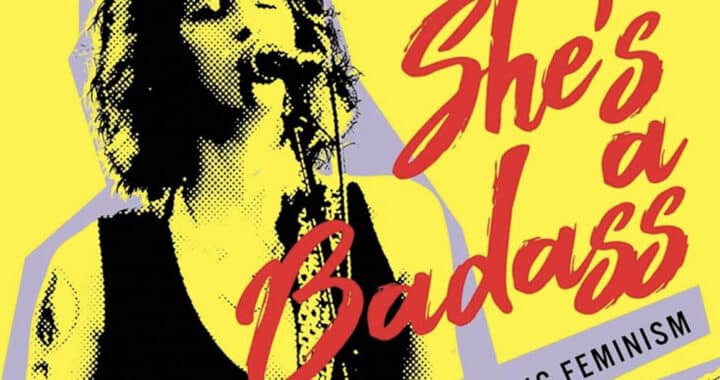
The female musicians interviewed in Katherine Yeske Taylor’s She’s a Badass have persisted against all odds and infused rock with a feminist verve.
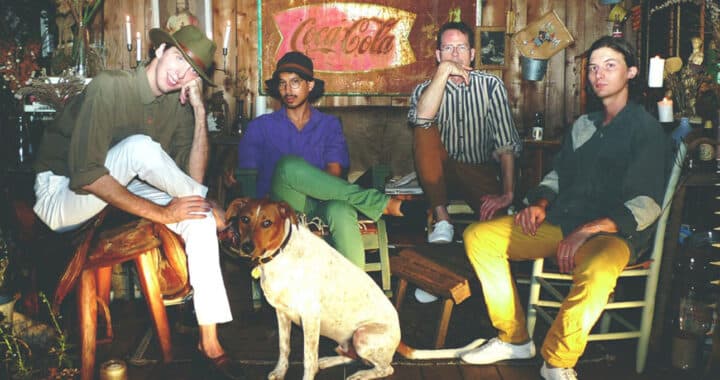
Deerhunter’s Weird Era Cont., the companion to Microcastle, lives in its shadow and yet eclipses it with a bizarre brilliance all its own.

Souvenir finds Omni continuing to carve out a distinct identity (with an exacto knife) and shining among the glut of post-punk revivalist bands.
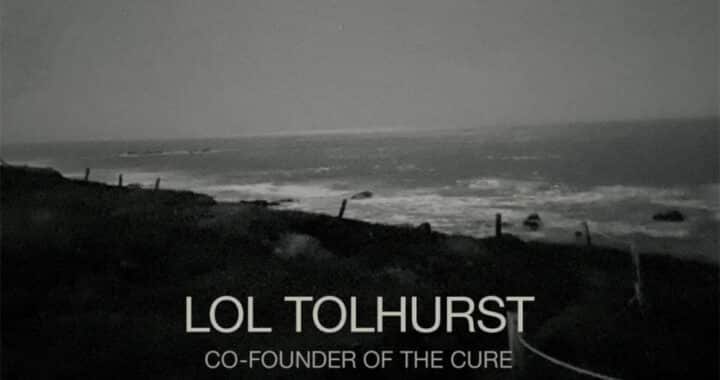
Tolhurst’s goth music history intimately details the mercurial movement, interweaving personal memories and descriptions of the “architects of darkness”.